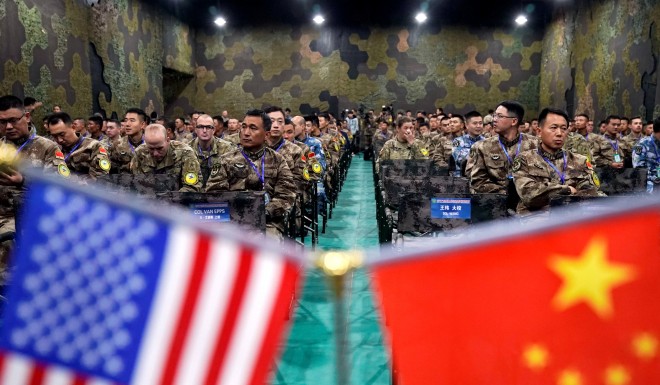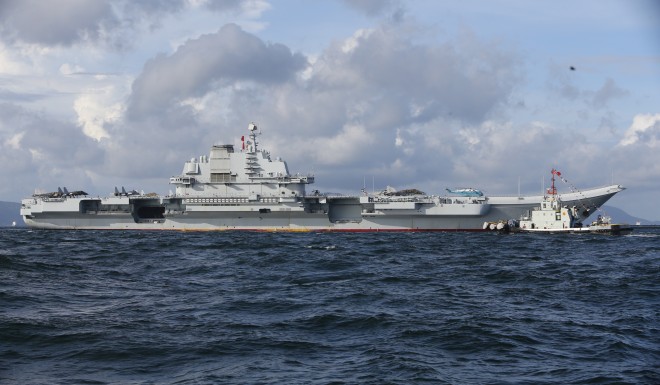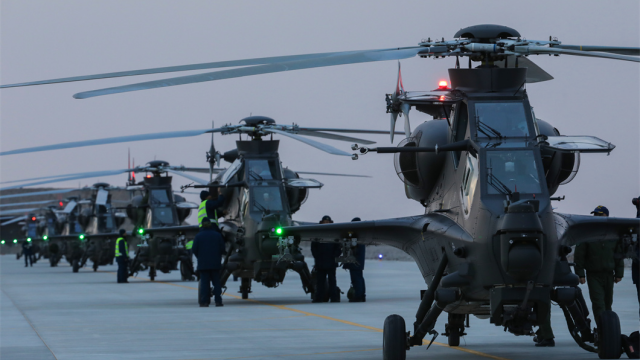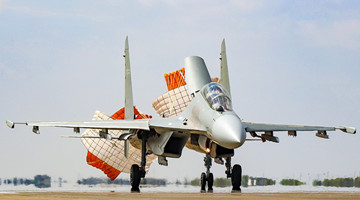Source: inkstonenews.com
The Pentagon’s intelligence agency has published its first public report assessing the military power of China, a country that the United States increasingly views as a threat to its interests.
The report by the Defense Intelligence Agency, or DIA, provides a window into top American concerns over China’s armed forces that will help define the country’s own military strategy as the two countries’ rivalry has intensified in trade, technology and overseas influence.
Here are the five takeaways from the Tuesday report.

1. The goal of “reunifying” Taiwan is driving China’s military modernization.
The DIA says that Beijing’s goal to eventually take over the self-ruled island of Taiwan has served as a “primary driver” for China’s military modernization.
China is also worried that the US, a key military ally of Taiwan, will step in once conflict breaks out. The concern has prompted China to develop advanced equipment to deter foreign intervention.
2. China’s military spending lags behind the US, but it has “latecomer advantages.”
China’s official defense budget was $175 billion in 2018, but the DIA estimated its actual spending at in excess of $200 billion.
Although the amount was far behind America’s $700 billion budget for the 2018 fiscal year, the DIA says that as a latecomer, China is able to develop its army at a much lower cost.
For example, China can acquire advanced technology through direct purchase, retrofits or intellectual property theft, without pouring money into research and development itself, the report says.

3. China already leads the world in some weapons, and it’s developing new ones.
The DIA says Beijing has successfully secured military technology and expertise, sometimes through forced technology transfer, despite arms embargoes imposed by the US and the European Union.
For instance, the country is likely developing new mobile missiles and a bomber that could deploy nuclear bombs.
The Chinese military is “on the verge of fielding some of the most modern weapon systems in the world,” writes DIA Director Lieutenant General Robert Ashley in the report. “In some areas, it already leads the world.”

4. The Chinese military is going global.
China has been developing equipment, including long-range bombers and aircraft carriers, to facilitate the global reach of its military.
Chinese soldiers have also taken up more overseas missions through Beijing’s military base in Djibouti and the flagship economic program known as the Belt and Road Initiative.
Despite the advances, The DIA says China is far from being able to deploy conventional forces globally. Beijing is still trying to avoid provoking the US and its allies into war, it says.
China’s growing presence overseas could also see its military play a larger role in delivering global public goods, such as humanitarian operations.

5. China is focused on the sea, and looking into space.
The Chinese navy has achieved rapid growth in the past years, as the Communist Party shifts its focus from the land to the sea.
Defending its sovereignty claims in the disputed East China Sea and South China Sea is high on Beijing’s military agenda. The leadership also sees a need to protect its maritime trade, which is key to China’s export-driven economy.
China has also been strengthening its military power in cyber and outer space through new satellites, rockets and, possibly, anti-satellite missiles.
Disclaimer: This article was originally produced and published by inkstonenews.com. View the original article at inkstonenews.com.










